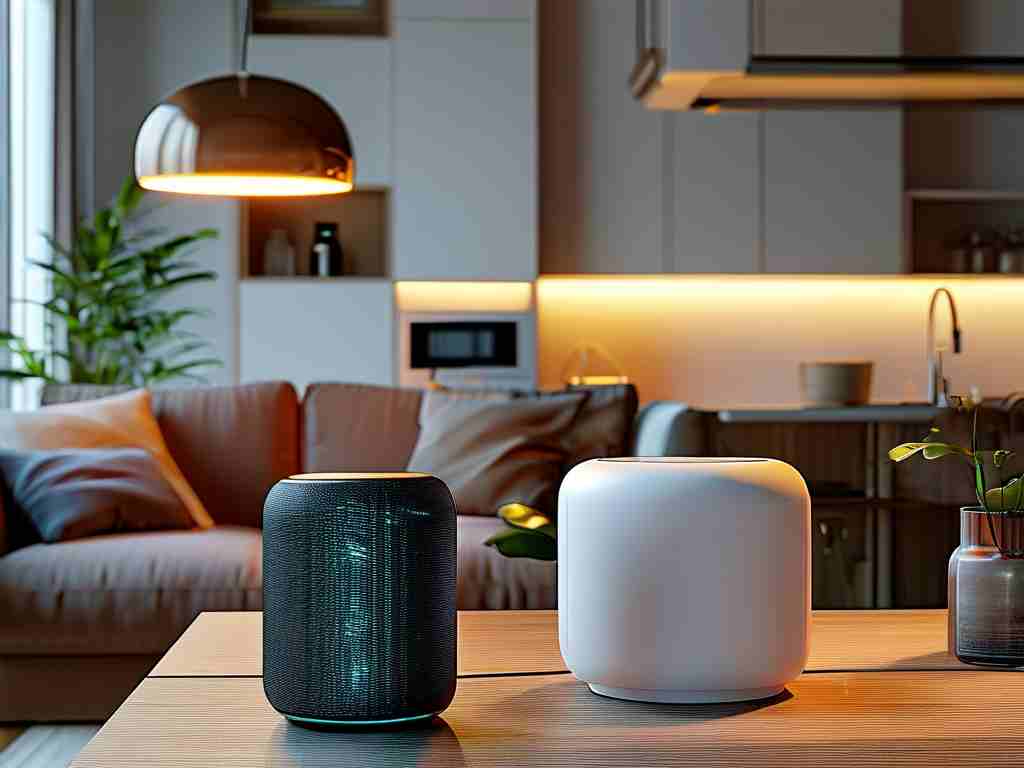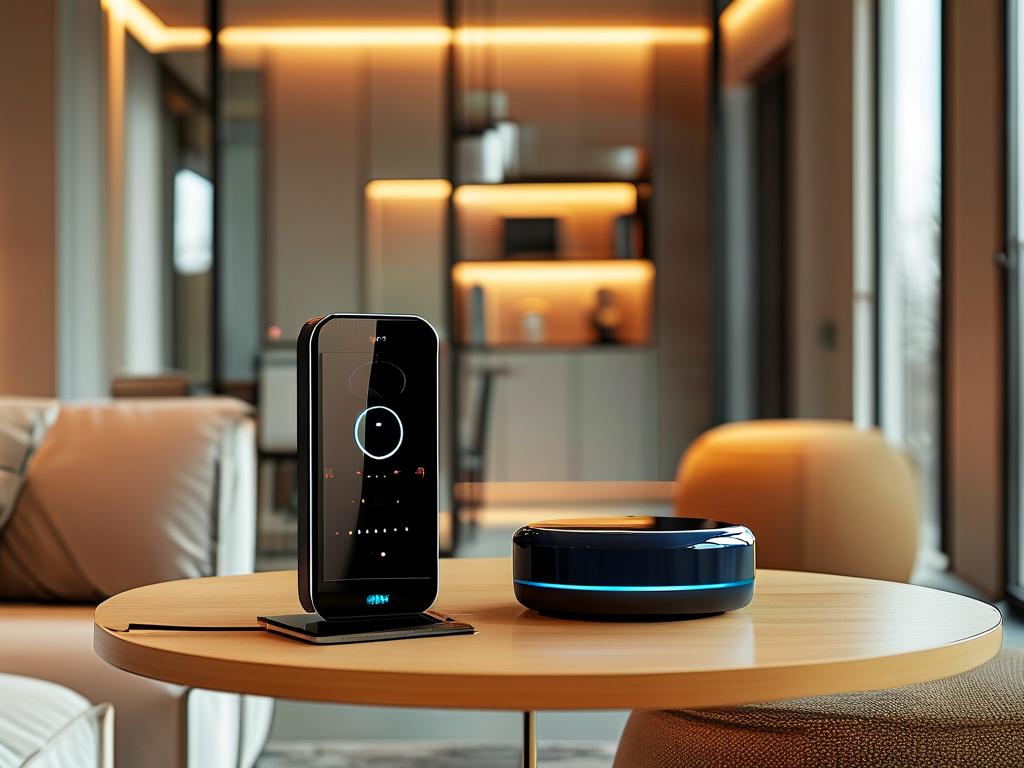The convergence of embedded development platforms and smart home technology has redefined modern living, blending seamless automation with energy efficiency and security. As households increasingly adopt connected devices, the role of robust embedded systems becomes critical to ensure reliability, scalability, and interoperability. This article explores how embedded platforms serve as the foundation for smart home ecosystems, their technical challenges, and emerging trends shaping the industry.

The Role of Embedded Systems in Smart Homes
Embedded development platforms, such as ARM Cortex-M microcontrollers or Raspberry Pi Pico, provide the computational backbone for smart devices. These systems enable real-time processing for tasks like voice recognition, sensor data analysis, and device synchronization. For instance, a smart thermostat relies on embedded software to interpret temperature inputs, communicate with HVAC systems, and execute user-defined preferences—all while operating within strict power constraints.
One key advantage of embedded platforms is their ability to support diverse communication protocols. Zigbee, Z-Wave, and Thread are commonly integrated into smart home hubs to bridge devices from different manufacturers. Developers often use code snippets like the following to establish a basic Zigbee connection:
#include <zigbee.h>
void setup() {
Zigbee.init();
Zigbee.joinNetwork("HOME_NETWORK");
}
Such interoperability ensures that smart lights, locks, and sensors work cohesively, even in mixed-brand environments.
Challenges in Embedded Development for IoT
Despite their potential, embedded systems face hurdles in smart home deployments. Power efficiency remains a top priority, as many devices operate on batteries or low-energy sources. Engineers optimize code to minimize CPU wake cycles, using techniques like interrupt-driven programming. For example:
from machine import Pin, deepsleep
motion_sensor = Pin(14, Pin.IN)
def handle_interrupt(pin):
transmit_data("Motion detected")
motion_sensor.irq(trigger=Pin.IRQ_RISING, handler=handle_interrupt)
deepsleep(10000) # Sleep for 10 seconds
Security is another critical concern. Weak encryption or unpatched firmware can expose smart homes to cyberattacks. Leading platforms now incorporate hardware-based secure elements, such as Trusted Platform Modules (TPMs), to safeguard cryptographic keys.
Emerging Trends and Future Outlook
The integration of AI at the edge is transforming embedded platforms. TinyML frameworks, like TensorFlow Lite for Microcontrollers, allow devices like smart cameras to perform on-device facial recognition without cloud dependency. A sample implementation might include:
#include <TensorFlowLite.h>
void runInference() {
tflite::MicroInterpreter interpreter(model);
interpreter.invoke();
float confidence = output->data.f[0];
if (confidence > 0.8) activateAlarm();
}
Additionally, the rise of Matter—a unified smart home standard—simplifies development by providing a common application layer. This protocol reduces fragmentation, enabling embedded systems to focus on performance rather than compatibility fixes.
Embedded development platforms are the unsung heroes of the smart home revolution, balancing computational demands with resource limitations. As technologies like 5G and edge AI mature, these systems will enable even more sophisticated automation, from predictive maintenance for appliances to context-aware energy management. For developers, staying ahead requires mastering low-power design, security best practices, and emerging standards—a challenging yet rewarding frontier in IoT innovation.









